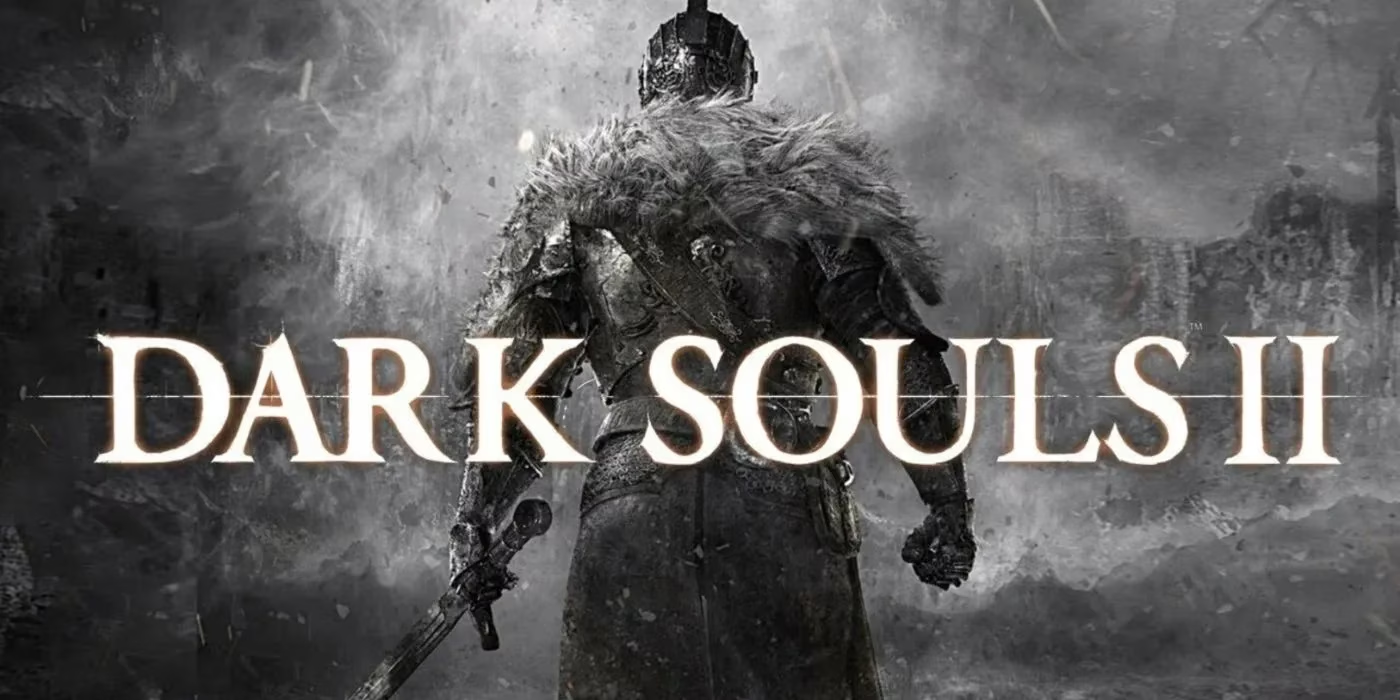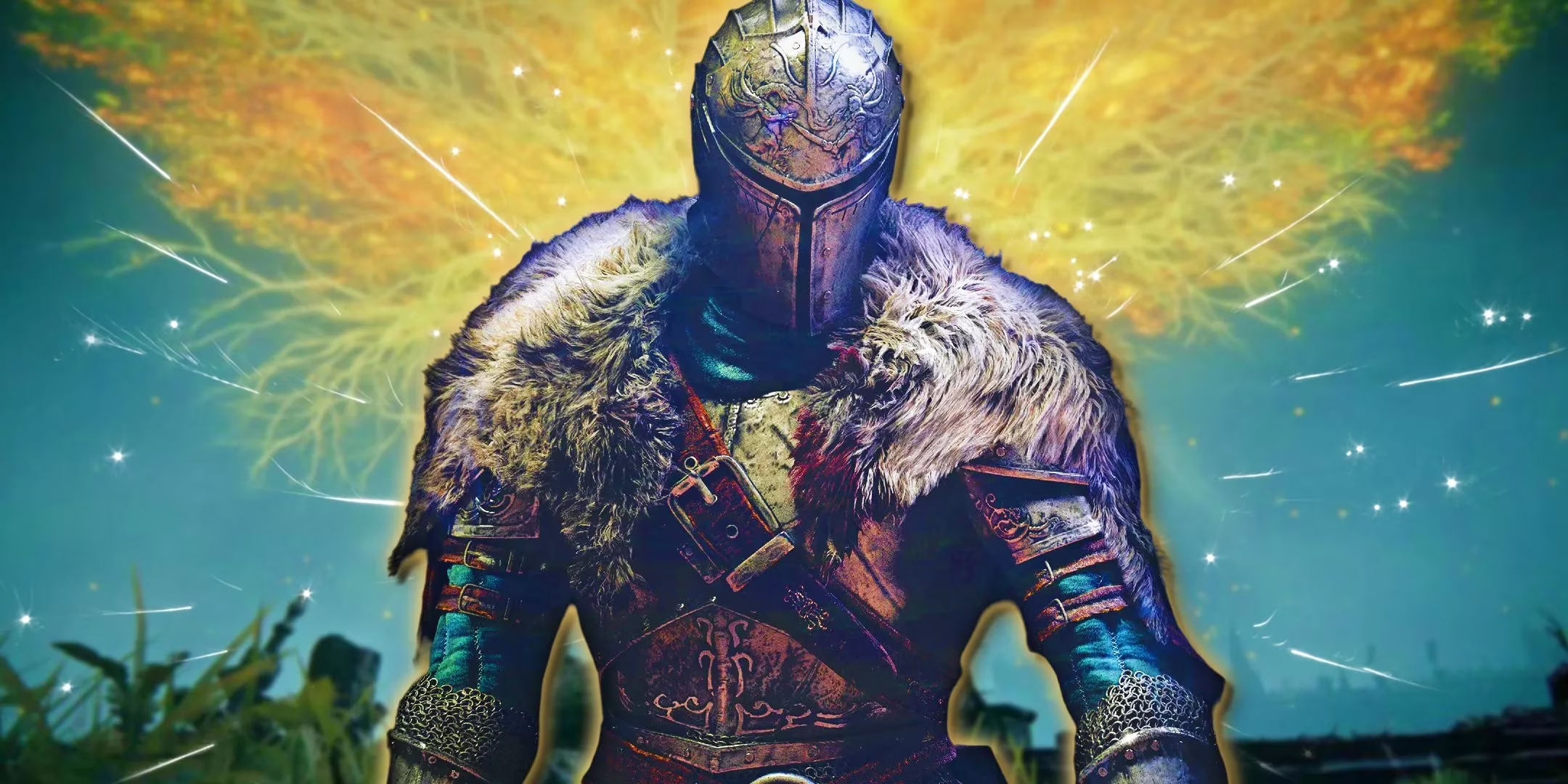The ghostly silhouette of Drangleic Castle still haunts veteran players like a recurring nightmare, its controversial legacy casting long shadows over FromSoftware's golden age. In 2025, as the gaming world eagerly anticipates Elden Ring Nightreign, studio president Hidetaka Miyazaki startles fans by publicly embracing the black sheep of the Souls family—calling Dark Souls 2 "a great project" that fundamentally reshaped the studio's destiny. Like a fractured prism refracting light into unexpected colors, this divisive 2014 title secretly laid the foundations for the studio's current triumphs. Miyazaki's confession feels akin to a master chef praising the bitter herb that ultimately perfected his signature dish—a revelation that tastes simultaneously sweet and acrid on the tongue.

The Thorny Vine Bridge
Miyazaki's recent interview with IGN peeled back decades of studio lore like parchment layers. While supervising rather than directing Dark Souls 2 felt "like conducting an orchestra with mittens on," he now acknowledges how Tomohiro Shibuya and Yui Tanimura's daring experiments created unexpected pathways. Their controversial decisions—non-linear world design, adjusted combat rhythms, amplified difficulty spikes—became the thorny vines bridging FromSoftware's past to its open-world future. "Without those painful innovations," Miyazaki reflects, "Elden Ring's seamless realms might never have bloomed."
The Alchemist's Crucible
Dark Souls 2's development became an alchemist's crucible where creative risks transformed studio culture. Miyazaki compares the experience to "watching fledglings test their wings during a thunderstorm"—terrifying yet essential. The game's polarizing reception taught FromSoftware to embrace discomfort, directly enabling the director-rotation system now bearing fruit. As Nightreign approaches without Miyazaki's direct involvement, helmed instead by Junya Ishizaki, fans feel the seismic shift: a studio ecosystem evolving beyond its charismatic founder.

Nightreign's Inherited DNA
Traces of Dark Souls 2's DNA pulse through Elden Ring Nightreign's revolutionary structure. The controversial title's fragmented narrative approach and experimental multiplayer echo in:
-
🔄 Tripartite day-night cycles concluding with monumental boss encounters
-
🤝 Three-player cooperative dungeons replacing solitary struggle
-
⚖️ Risk-reward mechanics encouraging tactical retreats—a concept once deemed heresy
Like a river reshaping its own banks, Nightreign's deviations from soulslike orthodoxy flow directly from that 2014 watershed. Miyazaki observes this metamorphosis with paternal pride, noting how Dark Souls 2 "taught us the courage to dismantle our own altars."
The Duskbloods Dichotomy
Paradoxically, Miyazaki's liberation from directing duties has birthed his most personal project since Bloodborne. The Nintendo Switch 2 exclusive The Duskbloods emerges as a spiritual successor to Dark Souls 2's PvPvE experiments—a phoenix rising from ashes once deemed toxic. This cyclical renaissance mirrors Miyazaki's journey: the supervisor who stepped back only to return with sharper vision. "Creative evolution," he muses, "often resembles Ouroboros devouring its own tail before growing new flesh."
Legacy of Uncomfortable Gifts
Today, Dark Souls 2 stands recontextualized—a daring pioneer whose flaws made future masterpieces possible. Its legacy lives in every Nightreign adventurer coordinating three-player assaults against apocalyptic bosses, in every Duskbloods duelist navigating Miyazaki's refreshed combat philosophy. Like wine left forgotten in cellars only to emerge complex and valuable, this maligned chapter transformed into FromSoftware's indispensable catalyst. The question lingers: What future innovations will today's controversial choices unlock tomorrow?
